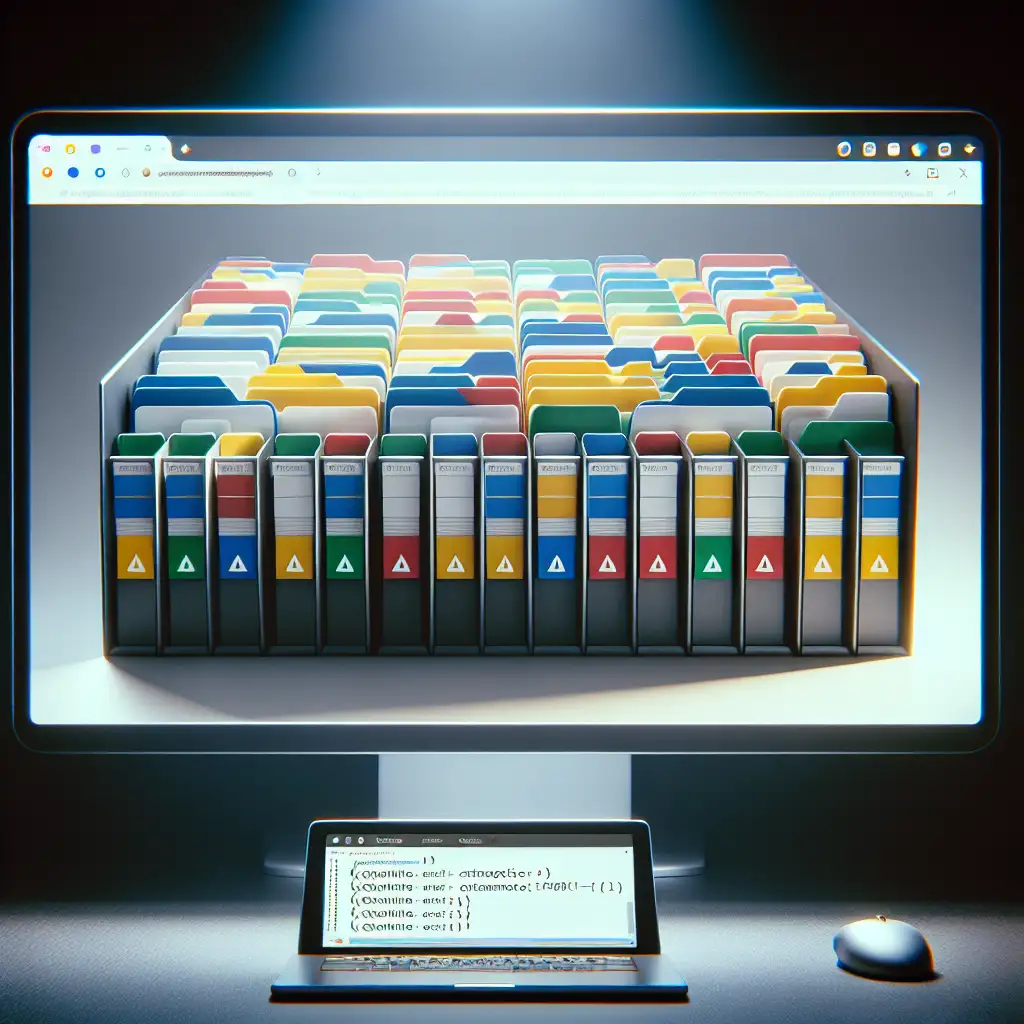Mastering Google Drive: Organize and Automate for Real-World Efficiency
Google Drive is frequently mischaracterized as simple cloud storage—missing its actual utility as a lightweight file management and automation platform. The separation between an effective shared workspace and an unwieldy digital attic is usually one of process, not tooling.
Consider this: A marketing team with a 250 GB shared drive, 2300+ docs, and turnover every quarter. The “Projects” folder carries duplicates, ambiguous naming (“Final_v5”), and random orphaned files. Shared links expire or proliferate. The root cause isn’t the tech itself, but a lack of intentional structure and automation.
The following approaches, field-tested in environments ranging from SMBs to distributed engineering teams, reveal how to push Google Drive well beyond basic storage.
1. Structure Folders for Searchability and Scale
Start with an intent-based structure. Avoid deep nesting where possible—search performance degrades, and non-indexed folders become near-invisible at scale.
Recommended baseline:
/TeamRoot
/Active_Projects
/2024-06_ProductLaunch
/2024-05_ClientX
/Reference
/Templates
/BrandAssets
/Meetings
/YYYY-MM/YYYY-MM-DD_MeetingName
Use ISO 8601 (YYYY-MM-DD) for all date prefixes. In larger teams, add a _README.md file per folder to clarify naming conventions and access protocols.
Gotcha: Folder tree restructuring after files are shared externally breaks links. Document any planned restructures, and if possible, coordinate with affected users.
2. Visual Taxonomy: Coloring and Labeling
Utilize Google Drive’s color-coding, but do so sparingly. Assign colors only to the highest-impact folders (e.g., Active_Projects in red). Avoid coloring individual project folders; it leads to visual noise.
If you must use colors for status indicators, document the scheme alongside your team conventions:
| Color | Meaning |
|---|---|
| Red | Under Review |
| Green | Client Approved |
| Blue | Internal Use Only |
Remember, color coding is not queryable. For automation, explicit tags in filenames are more reliable.
3. Fast Search: Advanced Syntax and Filters
The Drive UI search often falls short with ambiguous keywords. Use advanced filters and search operators:
type:pdf owner:me modified:2024-06-01..2024-06-10
This approach narrows results precisely when all-hands slide decks and invoices converge.
Note on permissions: Search results are permission-scoped—files outside your access will not appear, so don’t rely on search for security auditing.
4. Shortcut vs. Duplication: Workflow Implications
Shortcuts (Right-click → Add shortcut to Drive) prevent file duplication hell across collaborating departments. Be aware: Shared Drive shortcuts only point, and permissions propagate from the source file.
Edge case: Removing a shortcut does not affect the original file, but moving the source file can break shortcut paths for downstream consumers. Audit periodically using the Drive Activity pane.
5. Automation via Google Apps Script and Integrations
Automating workflows transforms Google Drive from passive storage to an active component in your toolchain.
Examples:
- Google Forms + Sheets Workflow: Form submissions pipe into a drive-bound sheet for automated triggers.
- Apps Script file/router:
function moveSubmissionToMonthlyFolder(e) { var date = new Date(e.values[0]); var target = DriveApp.getFolderById('monthly-folder-id').getFoldersByName(Utilities.formatDate(date, "GMT", "yyyy-MM")).next(); var file = DriveApp.getFileById(e.values[1]); target.addFile(file); } - Third-party notifications: Integrate with Slack or Zapier for new file push notifications. However, over-notification is a real anti-pattern—tailor triggers based on file type or label.
Known issue: Apps Script quotas are non-trivial. Hitting daily limits (e.g., write operations) halts automations without warning emails. Monitor via Apps Script dashboard.
6. Shared Drives: Permissions as Process
Shared Drives transfer file ownership from individuals to the group entity. This is critical during offboarding scenarios—files persist even after user deactivation.
Operational standards:
- Assign Editor/Viewer/Commenter roles explicitly. Regularly audit with
Manage Members. - Enforce naming conventions through a living
SharedDrive_Governance.mdat root. - Use the Activity dashboard to resolve “file not found” errors, which often trace to permission misconfigurations.
Note: Cross-organizational sharing introduces latency and can break preview functionality on large media files—test workflows with external collaborators prior to project launch.
7. Maintenance Routines: Digital Hygiene
A schedule, not a backlog: Calendar a quarterly session for file archiving, duplicate detection, and permissions review. Use Google Drive’s “Duplicate File Finder” add-ons judiciously—false positives can occur (e.g., same name, different content).
Script bulk moves for project archives:
# Example: Move all completed project folders to 2023_Archive
gdrive files move --query "name contains 'Completed_' and trashed = false" 2023_Archive
(Requires gdrive CLI wrapper—see caveats regarding rate-limits and authentication.)
Pro tip: Recurring calendar event with agenda: “Review permissions, remove ex-employees, verify external shares, move stale content.”
Summary
Google Drive, engineered with deliberate structure and minimal code, solves most real-world collaboration pain points. Invest upfront in taxonomy, automate the repetitive, and treat maintenance as a standing operational concern. Automation isn’t magic—monitor quotas, log errors, communicate conventions. For projects scaling past ten contributors, what works at the micro level will break unless formally documented. Prefer friction early, stability later.
Further Reading:
Practical scripts, drive-to-database sync patterns, and common pitfalls in cross-org permissions—forthcoming.
